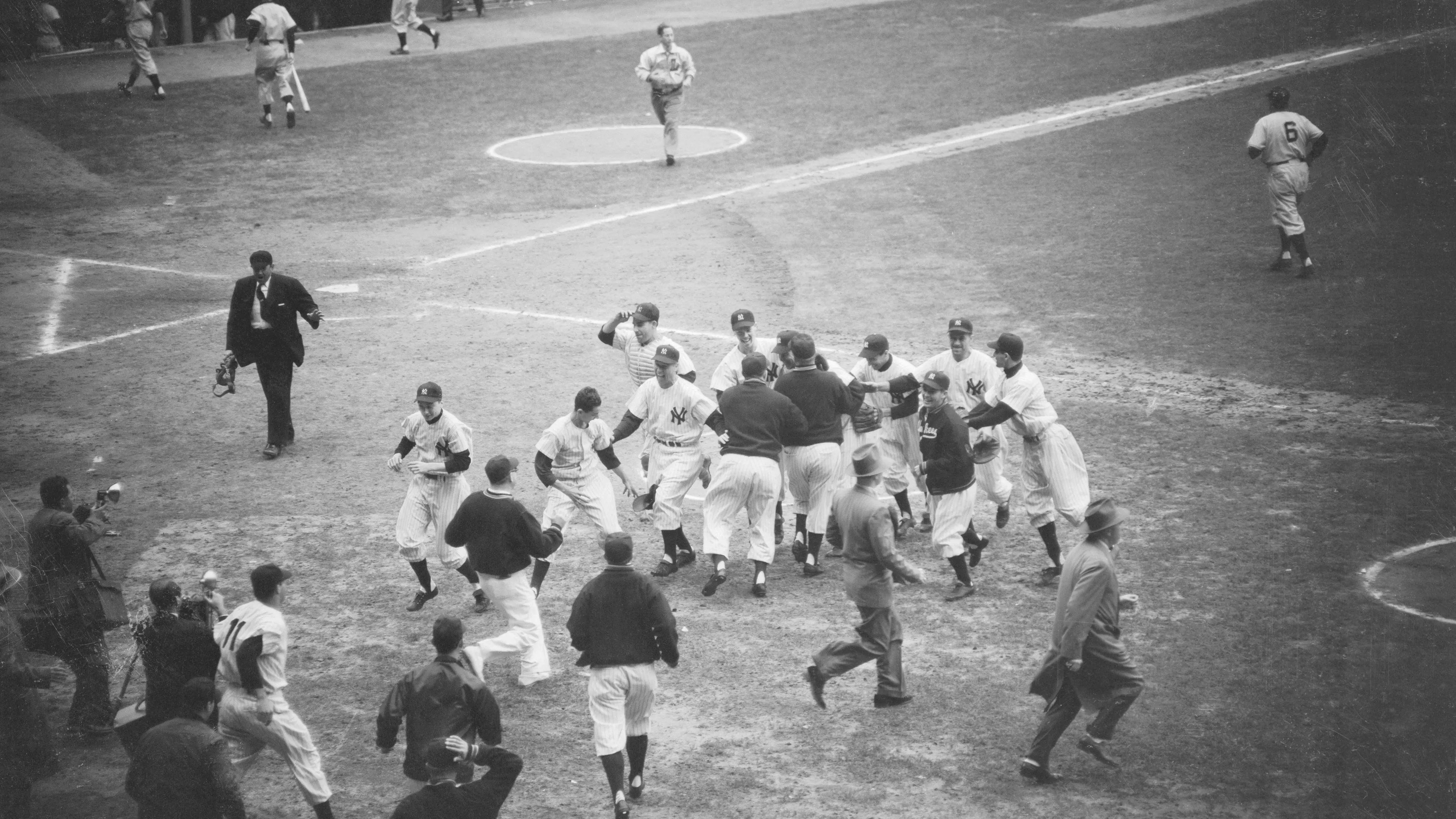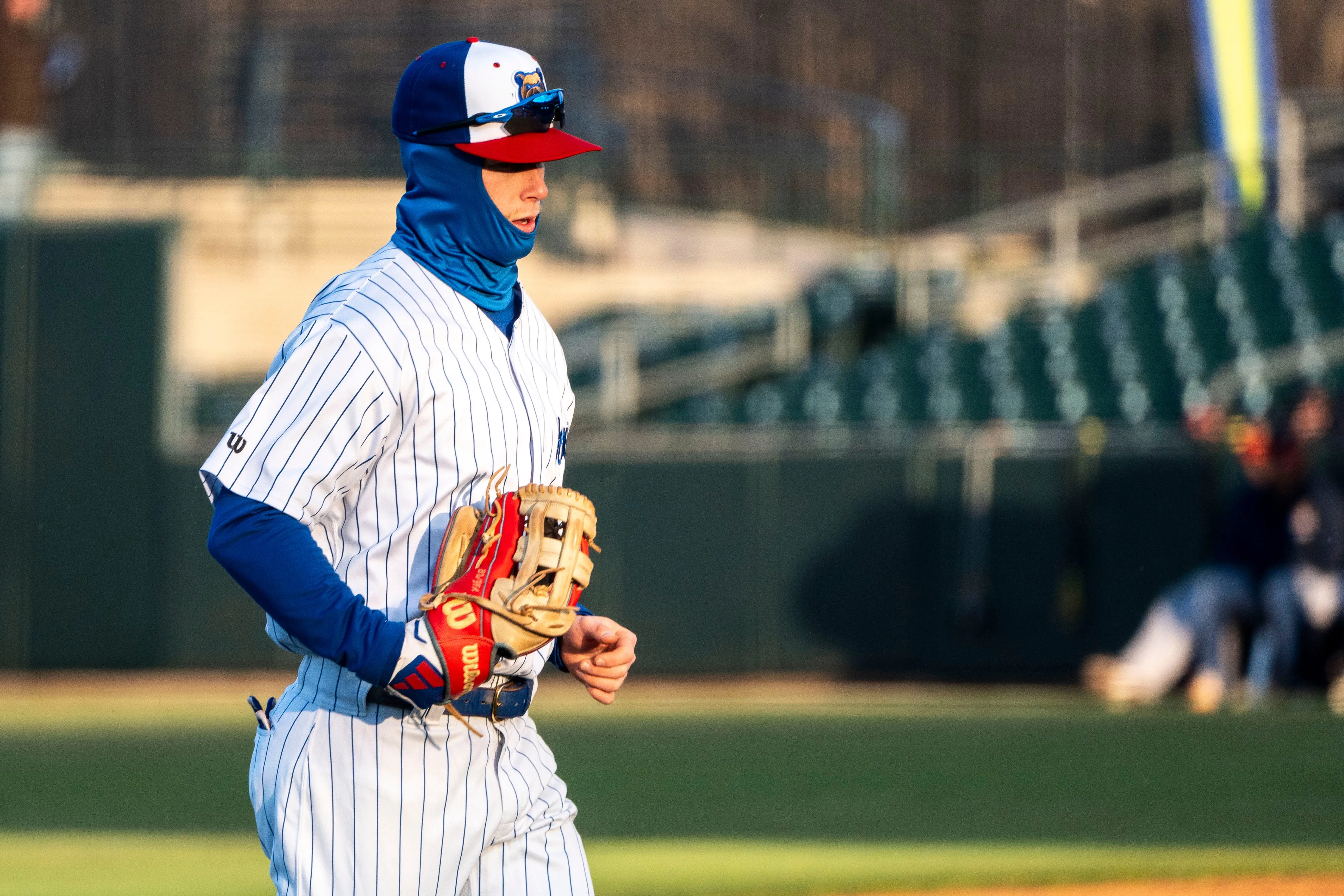NATIONAL HARBOR, Md. -- Seems like every hour another juicy rumor surfaces in which the White Sox are considering the unthinkable: a trade for five-time All-Star Chris Sale.
With baseball’s Winter Meetings starting on Monday, those reports have begun to arrive at a furious pace. Team A has shown interest in Sale and plans to make a push at the four-day conference. Team B doesn’t think it can meet the White Sox reported asking price. Teams C and D have made their top prospects untouchable in a potential deal for Sale.
While the White Sox won’t reveal their direction until they make their first few major moves, the tone of most reports has made it clear they’re at least entertaining a trade for Sale, who has finished in the top six in the American League Cy Young Award vote in each of his five seasons as a starting pitcher.
In the past, trading Sale has been an afterthought as the White Sox have envisioned the lanky left-hander leading them back to the postseason. But those days appear to be numbered. To understand how they’ve reached this point, where Rick Hahn isn’t just humoring his fellow general managers by picking up the phone but is actively listening on Sale, you only need to look at the White Sox roster over the past five seasons.
While the White Sox have an extremely competitive top half of the roster, one that could seemingly compete on an annual basis in the AL Central, much of the rest has been comprised of what Hahn himself referred to as “stop-gaps” and “half measures.” Since the start of the 2012 season, more than 30 players who have appeared for the White Sox made their final major league appearances on the South Side. Several others made brief stopovers but have spent the rest of their time in the minors, another country or retired. Were they to begin a rebuild and bolster the farm system, Hahn and executive vice president Kenny Williams could better position themselves to avoid the use of short-term players and quick fixes to supplement the roster for a team that hasn’t reached the postseason since 2008.
“I think we’re veering away from the standpoint of looking for stopgaps,” Hahn said last month at the GM meetings in Phoenix. “A lot of what we did in the last few years had been trying to enhance the short-term potential of the club to put ourselves in a position to win immediately. I feel the approach at this point is focusing on longer-term benefits. It doesn’t mean we won’t necessarily be in a good position in 2017. It means that our targets and whatever we’re hoping to accomplish have a little more longer term fits in nature.”
[SHOP: Gear up, White Sox fans!]
MLB
Whereas they were taking a step back in 2014, the White Sox at least went into four of the last five seasons with hopes of reaching the postseason.
But those aspirations were dashed in part because of a thin farm system. Whether depleted by an international program that was dormant for five seasons, trades of prospects to fill holes or previous draft misses, the White Sox have had few internal answers to cover for injuries or underperformance. That lack of depth has led to a number of short-term signings or bargain trades in hopes of catching lightning in a bottle.
Last season, the White Sox signed Jimmy Rollins, Mat Latos and Austin Jackson in February and March in hopes of providing depth at shortstop, in the rotation and in center field. Those moves are typical of the way the club has hoped to plug holes the past few years.
Rollins and Latos were released in June while Jackson suffered a season-ending injury. Jackson is a hopeful free agent this offseason and should find a home, but Rollins didn’t find a new team after the White Sox released him and Latos made six appearances with Washington, compiling a 6.52 ERA.
From the 2015 roster, Adam LaRoche retired and Mike Olt and Hector Noesi haven’t resurfaced in the majors since departing the White Sox. Kyle Drabek appeared in one game for Arizona before he was released last July.
One-time 2014 closer Ronald Belisario played six games for Tampa Bay in 2015 and sat out last season. Moises Sierra has spent time in the minors with Kansas City and Miami. Adrian Nieto played 37 games with Miami’s Triple-A squad in 2016, Felipe Paulino and Dayan Viciedo finished the season in Japan, Maikel Cleto split the year between Mexico and Atlanta’s farm system and Frank Francisco hasn’t played since winter ball in 2015.
Michael Taylor and Matt Lindstrom retired, Jordan Danks didn’t play in 2016 and Taylor Thompson, Scott Snodgress and Charlie Leesman all played independent ball.
Jeff Keppinger hasn’t returned to the big leagues since he was released in early 2014. The same goes for Hector Gimenez, Dewayne Wise, Tyler Greene, Blake Tekotte, Ramon Troncoso, David Purcey, Brian Omogrosso and Deunte Heath from the 2013 club.
Casper Wells briefly played with Philadelphia after he was waived in 2013 while Kevin Youkilis only played 28 games that season, a year after the White Sox acquired him on the cheap from Boston. Orlando Hudson, Kosuke Fukudome, Ray Olmedo, Jose Lopez, Will Ohman, Brian Bruney and Leyson Septimo never appeared in the majors after 2012.
Starting with Hahn’s declaration in July that the White Sox were mired in mediocrity, the club has made its frustrations very clear. Whereas the Sale rumors once seemed far-fetched, they might not be this time as the White Sox look to replenish an organization short on talent past the very top portion.
“We’ve gotten to the point where we’ve had our conversations internally with Jerry and Kenny and the coaches and our staff and our scouts where we realize putting ourselves in a better position for the long term is the more prudent path,” Hahn said.


